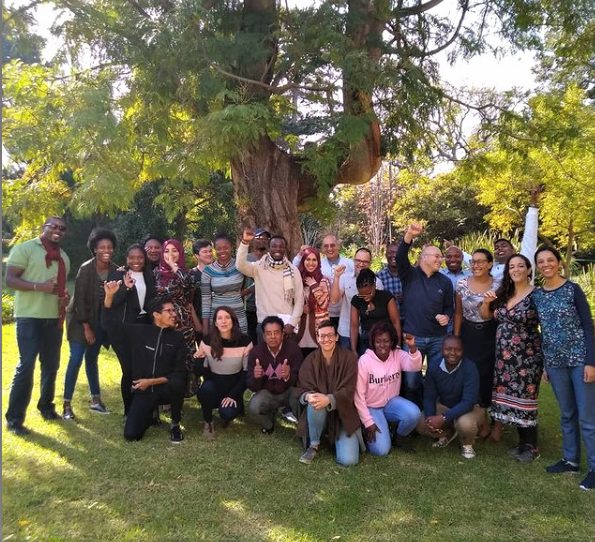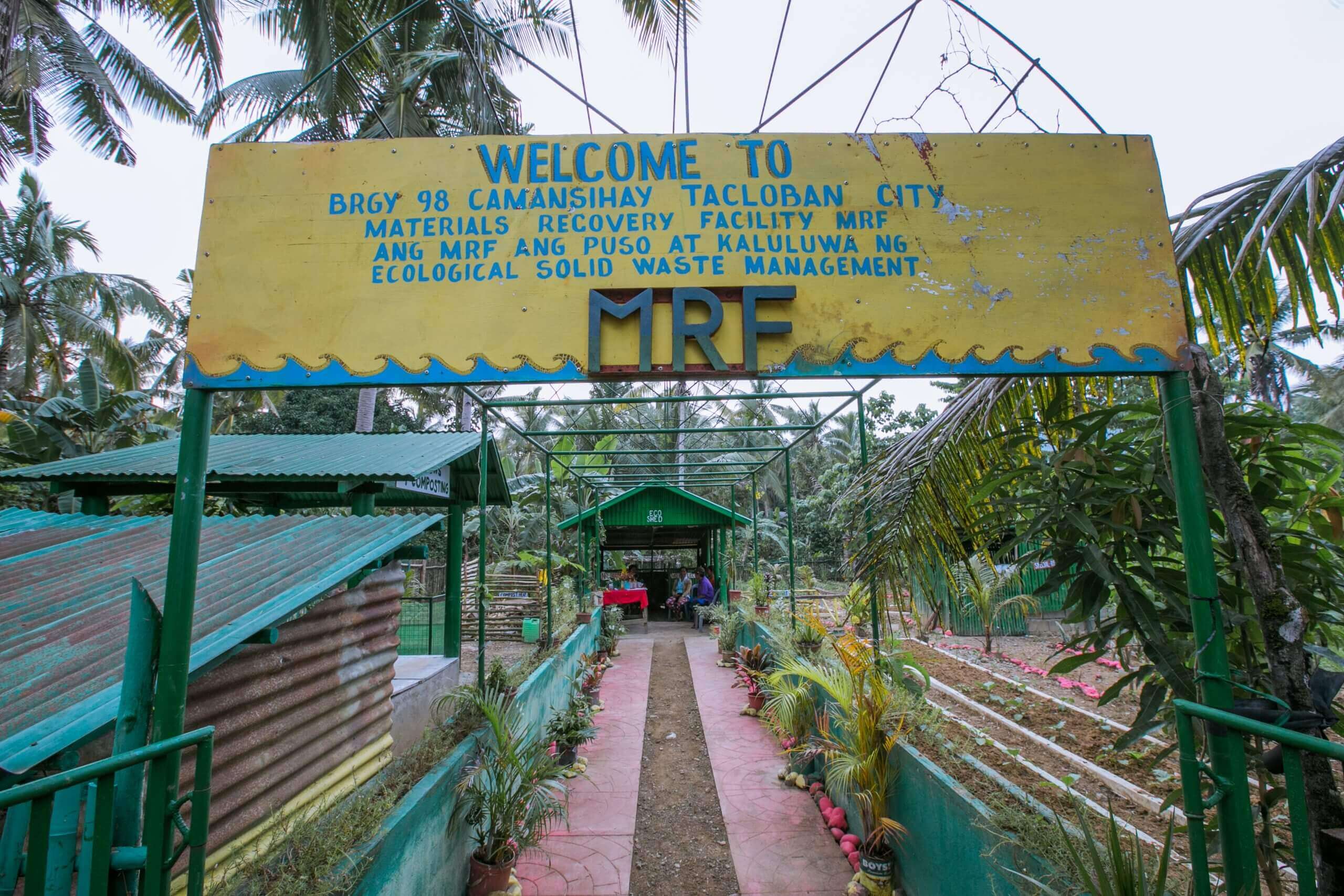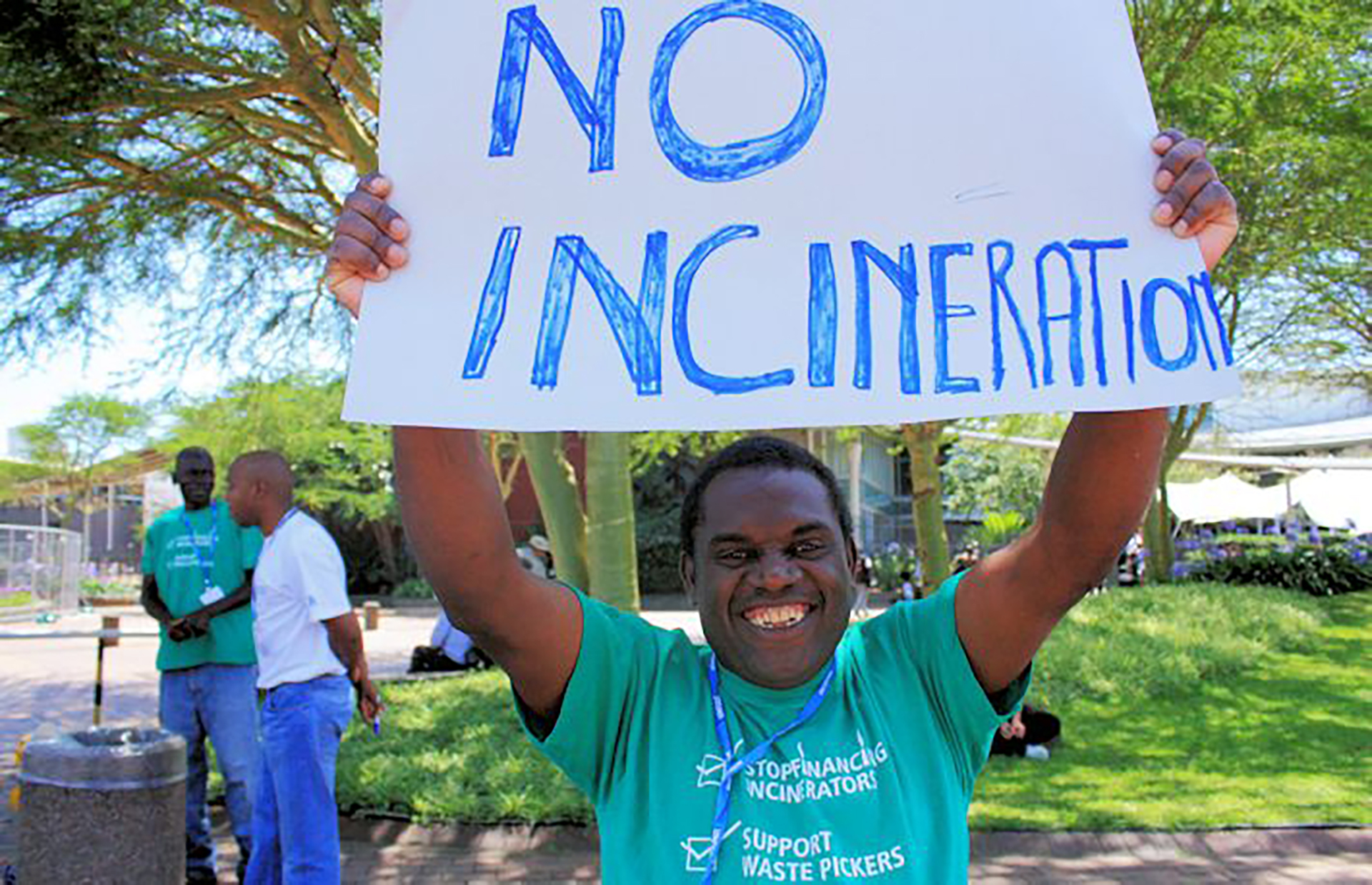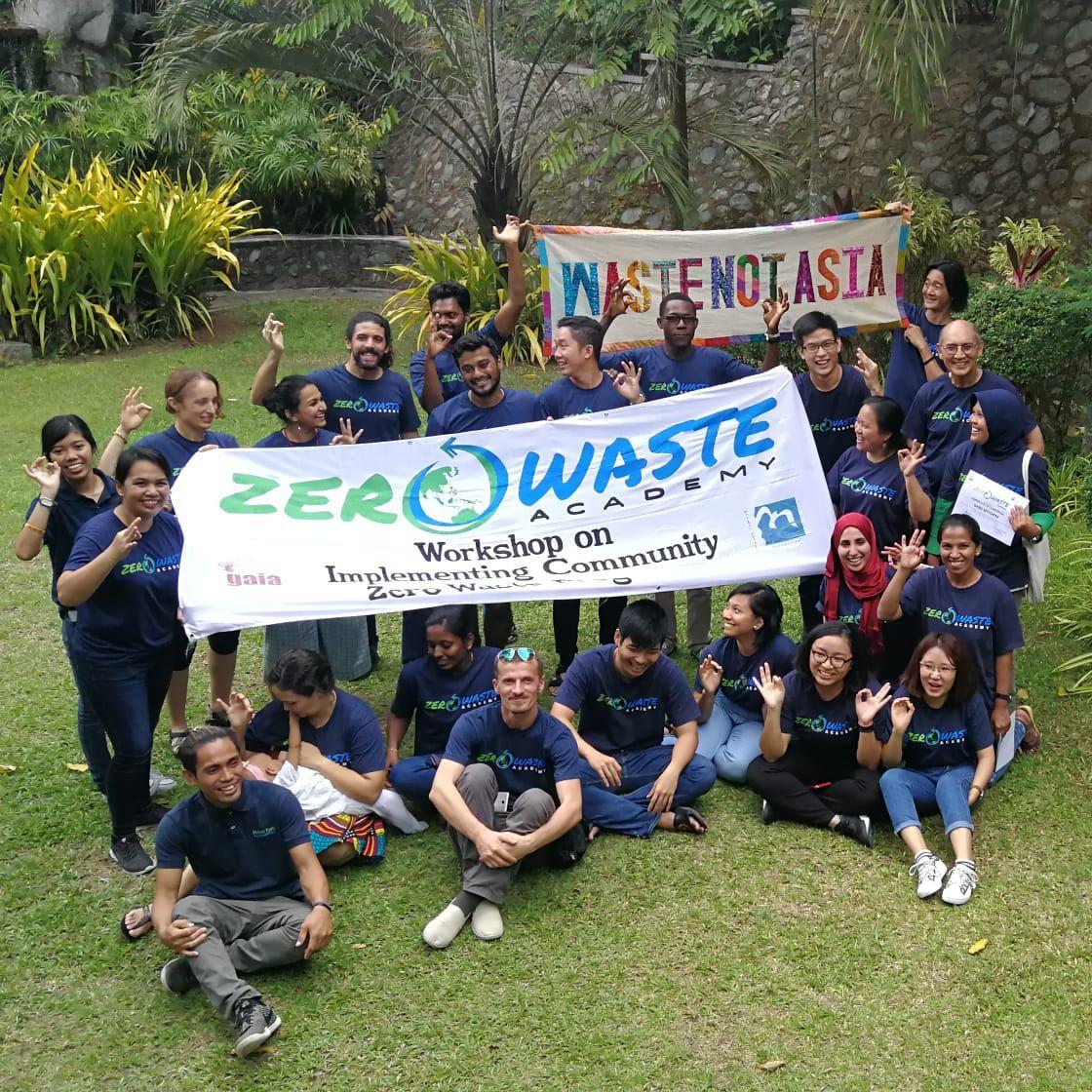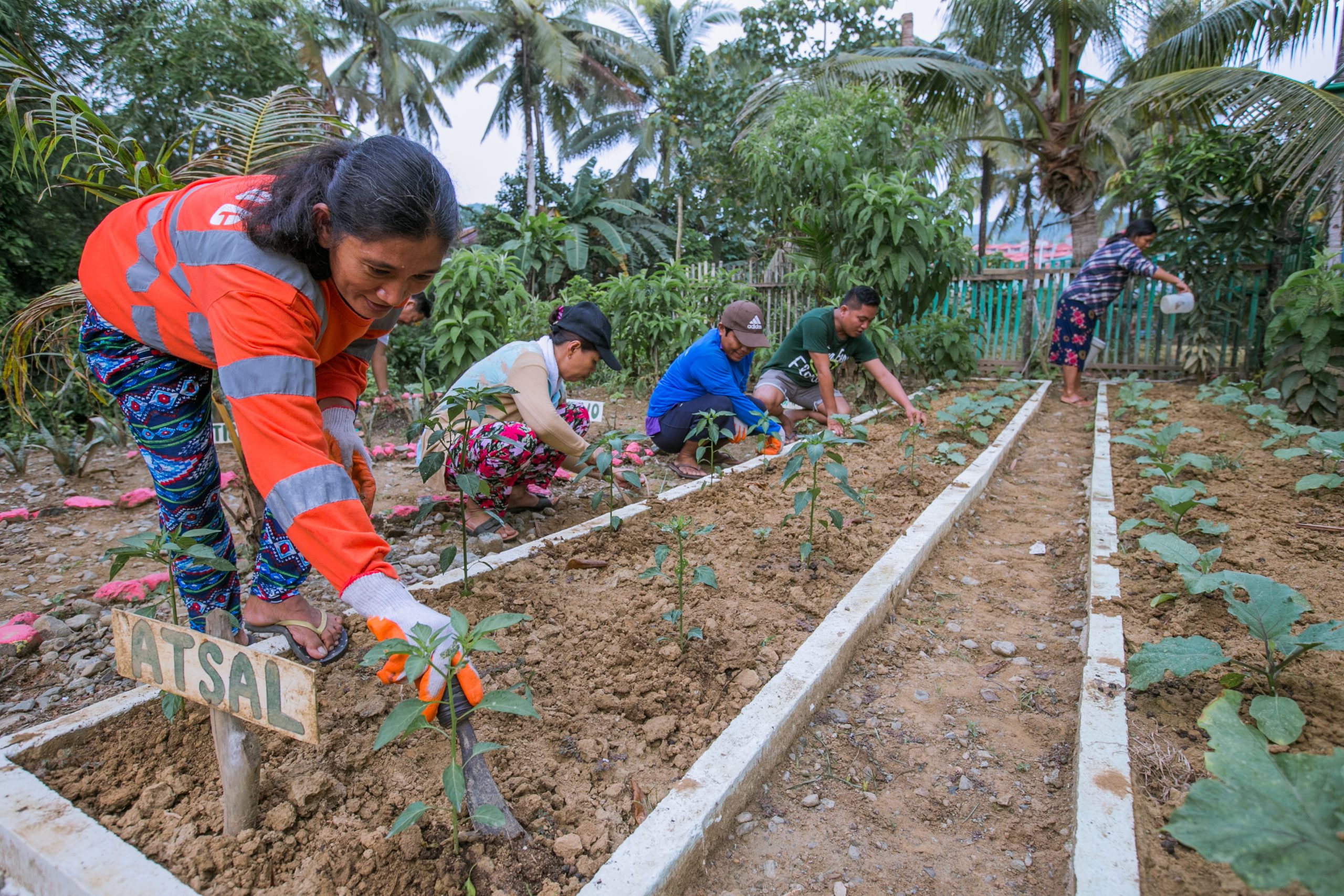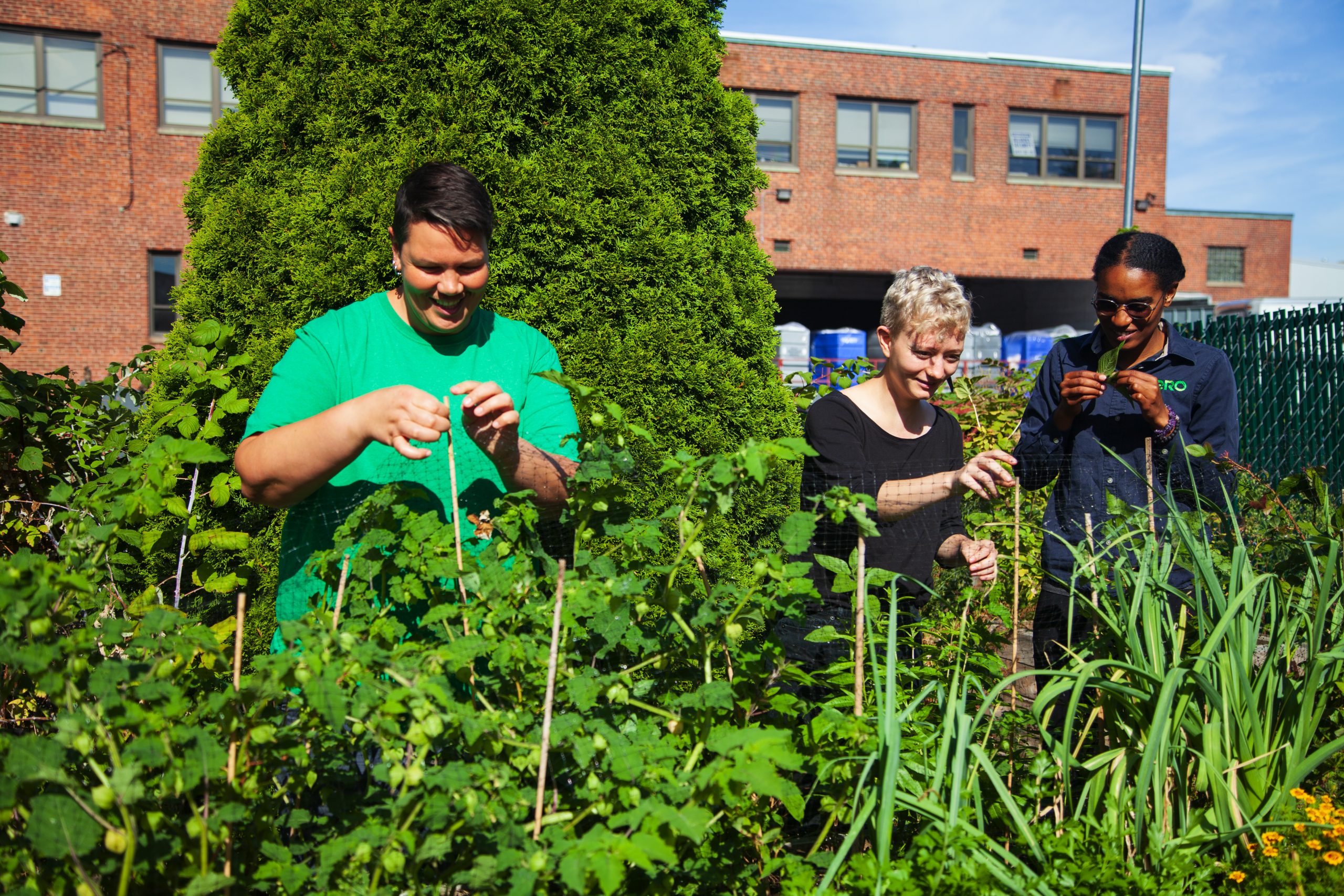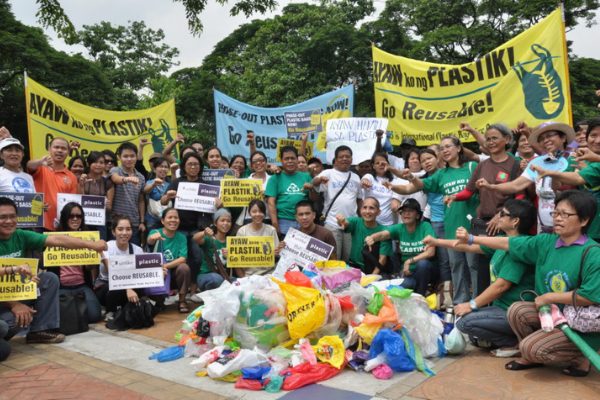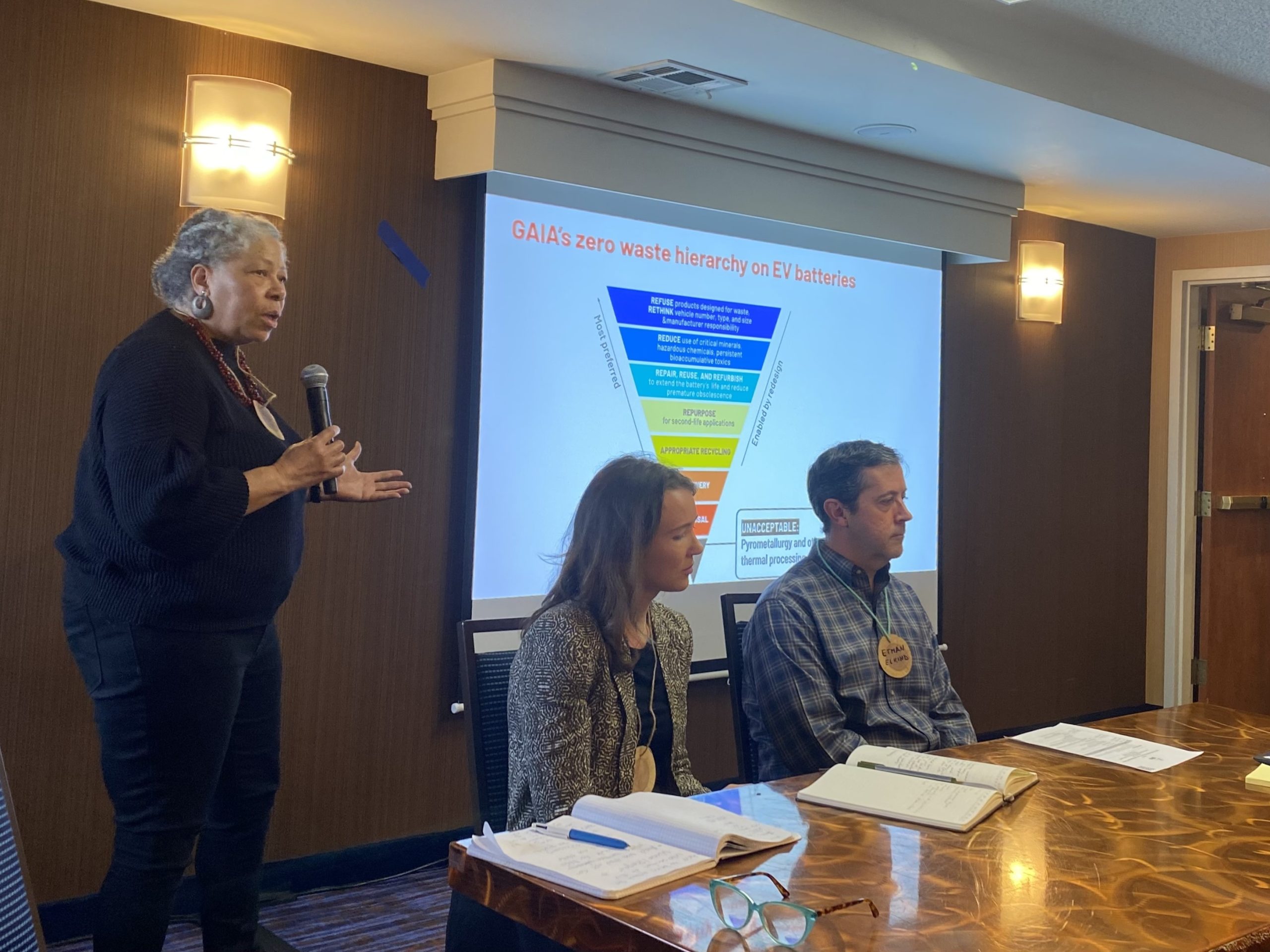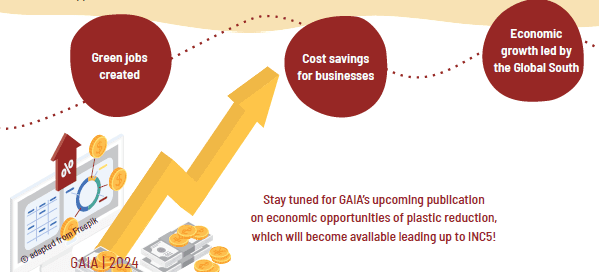By Sherma E. Benosa
Against the backdrop of excessive garbage being produced daily, vendors aggressively market “waste-to-energy” incineration technologies (WtEs) as the answer that will not only solve this mounting waste problem but also produce energy.
This pitch of “hitting two birds with one stone” resonates so well that governments, under pressure to solve their waste problems fast, are turning to WtEs, believing manufacturer claims that these “state-of-the-art” technologies are safe, and not the same as the incinerators that are causing havoc in many countries.
But it was underscored during the Zero Waste Festival held early this year in the Philippines that these claims are far from the truth. Despite their fancy names—pyrolysis, plasma arc, gasification—these technologies are essentially no different from the incinerators that are the subject of bans and local oppositions in many parts of the world. They all heat waste materials to high temperatures and are considered incineration by the European Union (EU) and the United States Environmental Protection Agency (EPA).

The Wrong Road
Thermal WtEs do not solve our waste problems. To the contrary, they make things worse. For starters, they release chemicals—including dioxins and furans—which are very harmful both to human health and the environment.
“Dioxins are among the most toxic chemicals known to science,” said Dr. Jorge Emmanuel, professor at the Silliman University (Philippines), in his presentation during the first leg of the festival attended by hundreds of local government leaders. “It can cause cancer and many developmental problems.”
Dr. Emmanuel explained that even a small amount of dioxin is polluting, and worse, it can stay long in the environment. “If you produce dioxin today by putting an incinerator or WtE in your place, it will affect not only you, not just your children, not just your grandchildren, but eight generations hence,” he emphasized.
Other speakers from different regions gave concrete examples of polluting WtEs, and how these technologies are negatively impacting host communities. Jamie Kaminski of Zero Waste Canada shared the case of an incinerator in his country, the Clarington incinerator, which has been detected to be emitting toxic emissions 12 times higher than the limit set by the Ministry of Environment.
Luo Dan of Zero Waste China shared that the toxicity levels in China where there are over 230 incineration plants in operation are high. “Compliance with EU standard is low,” she said.
Incinerators in the United States are also causing problems, according to Monica Wilson of the Global Alliance for Incinerator Alternatives (GAIA). “The Covanta incinerator in Maryland was on fire and was closed for 106 days in 2016, and an incinerator in Detroit has been brought to court numerous times, with its 40+ violations of the Clean Air Act in 2016,” she said, adding that in the past 15 years, dozens of gasification, pyrolysis, plasma arc, and mass burn incinerators have been stopped by local organizing.

Speaking about India which also hosts problematic incinerators, Pratibha Sharma, also of GAIA, said that these incinerators have violated a slew of environmental and human rights protection laws. “And they have not been able to generate a single unit of electricity,” she added.
Both Wilson and Sharma also pointed out that in addition to their many emissions infringements, WtE incinerators are discriminatory, as it is the poor communities or the communities of people of color that are forced to host them and bear the health and environmental burdens.
Finally, WtEs are extremely expensive to install and operate and they undermine recycling efforts. Minimum cost in Europe and the US is USD 150 million.
“For this technology to work and to profit, the host community has to commit to give them their waste for up to 30 years, which means that you will be committed to continue to generate your waste. This is a great opportunity cost because what we should be doing is reducing our waste instead of producing more waste,” said Dr. Emmanuel.

The Right Ways
Where we should be moving toward are solutions that are healthy, viable, and sustainable, and do not cause any more danger to human and ecological health. Many such solutions were showcased during the festival, where we learned about communities—both in the Global South and the Global North—that are making strides in waste management.
The host country, the Philippines, boasts of zero waste model communities where a high recycling rate results in 80% diversion of waste from landfills, saving the communities millions of pesos and generating jobs and incomes for waste workers. In these model communities, waste workers are heroes. They strictly implement segregation at source, segregated door-to-door collection, recycling, and composting. The implementation of zero waste strategies has transformed these communities tremendously. There are no more litter on sidewalks and streets nor clogged waterways; in their place are colorful materials recovery facilities (MRFs) complete with mini-garden and eco-store. Once the site of petty crimes, the communities have also become safer.
In India, the grassroots also play a central role in waste management. In many cities, waste pickers who used to work under deplorable conditions, without social security and recognition, and often subjected to harassments, are now organized into cooperatives, gaining visibility for their contribution to waste management and access to the country’s social welfare schemes. In model communities, these waste pickers collect recyclables amounting to 20% of municipal solid waste, saving 185,455 USD in labor cost daily. They save greenhouse gas emissions, conserve resources, and divert materials away from landfill.
In the Global North, San Francisco (California, USA) is a model in Zero Waste. Tamar Hurwitz, senior environmental specialist at the San Francisco Department of Environment, shared that their journey toward zero waste started in 1989, when the city passed a law mandating municipalities to divert 50% of their waste from the landfill by the year 2000 or face penalties of up to $10,000 per day. Having achieved that goal, the city passed in 2002 a resolution aiming for 75% landfill diversion by 2010 and Zero Waste by 2020. The city currently diverts more than 80% waste.

For Europe, Delphine Alvares of Zero Waste Europe highlighted three cities that are doing zero waste right. Capannori, Italy which started its Zero Waste program in 2007, is already recycling or composting 80% of their waste and has cut down their overall waste by almost 50%. Treviso, also in Italy, started its Zero Waste program much later (2012), but they have since posted dramatic reduction of their municipal solid waste and residual waste, at 80%. Since 2012, Hernani (Spain) has been recycling and composting 78% of recyclable waste, up from a low 30% in 2009.
The zero waste strategies implemented in these model communities/cities across the globe vary, depending largely on community or country contexts, but they are all anchored on the same basic principles—diverting waste from landfill through segregation, recycling, and composting; and aiming for waste reduction and, ultimately, elimination. The success of these initiatives rested heavily on creation of supportive and enabling policies, strict law enforcement, meaningful education, strong grassroots organizing, and partnership with stakeholders, among others.
Techs that Lead to Zero Waste
Organic waste constitutes the largest fraction of municipal waste in most countries; hence, managing this fraction is critical to solving the waste problem. The good news is that technologies that complement, rather than undermine, zero waste strategies are emerging.
In the past years, India has taken strides in developing and implementing waste management systems for organics that involve local innovations, technologies, and traditional wisdom, among them biomethanization. Stree Mukti Sanghatana (SMS), a women’s liberation organization in Mumbai uses Nisargruna biodigester technology to manage organic waste. The technology uses aerobic and anaerobic digestion. Organic waste is first crushed in a mixer and, once pulverized, moves to an aerobic digester. Hot water is then added to accelerate the digestion process. The water-waste mixture then goes through different compartments to allow better bacterial degradation. At the end of this process, the mixture will have become liquefied homogenous slurry. The slurry moves to the anaerobic digester and stays there for 15 days where it is acted upon by methane bacteria.
This technology produces two products: high-grade biogas, which is used for cooking; and manure, which can be used as soil nourishment. A biodigester plant can produce 25-30 kg of methane and 50-60 kg of organic manure for every ton of waste. This approach has reduced the need for costly transportation and landfill space while providing green jobs for waste pickers.

Another technology that drew interest during the festival uses insect farming to manage organic waste. Currently being piloted in Indonesia by Sandec, a department of Eawag, the Swiss Aquatic Research Institute, this technology turns organic waste into animal protein (OW-to-protein) using the larvae of the Black Soldier Fly (BSF). This works by feeding kitchen refuse to newly-hatched BSF larvae. The young larvae grow on the kitchen refuse in two weeks. Shortly before the larvae are to transform into pupae, the bigger larvae, which are rich in protein, are gathered and used as feed for poultry, fish, or pet animals.
“The larvae can be fed to animals fresh or they can be processed into formulated commercial feed. They are a good alternative for fishmeal in many animal feeds,” said Bart Verstappen, project coordinator.
Besides the larvae, another product that comes out of the process is the residue of the waste conversion, which, when composted, may be used as soil amendment, like compost.

According to Verstappen, their facility consists of two setups. First is the nursery for the daily production of sufficient young larvae. In this setup, adult flies are put together in cages, called love cages, where they copulate and deposit eggs within a few days. The eggs of the flies are collected from the cages and young larvae emerge from the eggs. These newly hatched larvae are raised until a few days old. About 650 such tiny larvae are needed to consume one kg of organic kitchen refuse in a period of two weeks. The tiny larvae from the nursery are added to such refuse in the second setup, which is the actual waste conversion. Here, the young larvae grow to their full size and are harvested prior to entering the pupation stage.
The technology may be applied in neighborhoods to process the kitchen refuse of one or several households, in which case a real nursery is not required, but some controlled egg production would still be needed so as not to rely solely on natural population of this common, but generally unknown, friendly fly species.
Verstappen explained that nursery operation, although not too complicated, requires some skill, experience, and knowledge. A centralized nursery may thus be installed for supplying very young BSF larvae to several community waste treatment facilities. This may be applicable for communities with 50-1,500 kg organic kitchen refuse per day. For bigger communities and higher volume of refuse, facilities may be much larger and include automation.
Running Up the Road to Zero Waste
Against the global challenge of waste, countries, especially those in the Global South, have developed their own solutions. These solutions work in their own contexts and are making impact in their communities.
The message from these countries is clear: to achieve Zero Waste, we must forget about backward ideas likes WtEs. Instead, we must replicate and scale up existing community-appropriate solutions, complementing them with nationally supportive and enabling policies, strong political will, complementary technologies, and a shift in how we view and use materials.
Communities and cities have already done a tremendous amount on their own. With the needed financial and political support, we will soon be running up the road to zero waste.
Sherma E. Benosa is GAIA’s Communication Officer for Asia Pacific.
